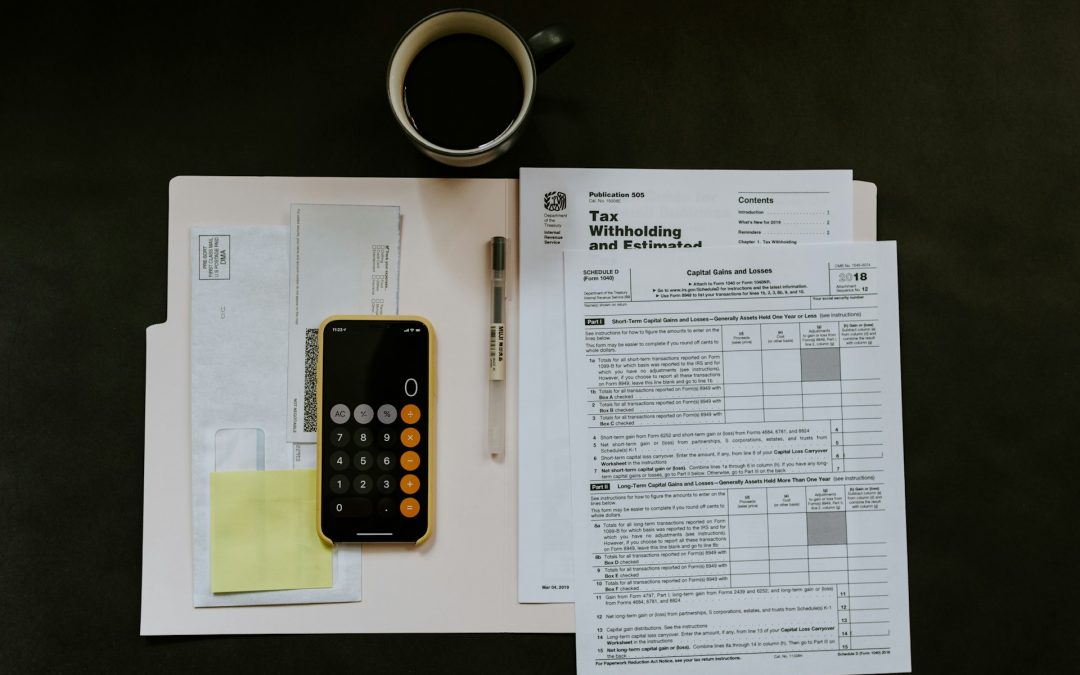
KYC for Insurance: How Insurance Companies Use KYC to Verify Policyholders
Insurance companies handle significant financial transactions and sensitive personal information, making robust Know Your Customer (KYC) processes crucial. Effective KYC practices help verify the identities of policyholders, assess their risk profiles, and detect fraudulent activities. This article explores how insurance companies implement KYC to verify policyholders, highlighting its importance in preventing fraud and ensuring compliance.
Importance of KYC for Insurance Companies
KYC processes are essential for insurance companies to ensure that policies are not issued under false pretenses or used for illegal activities like money laundering and fraud. By verifying the identity of policyholders and assessing their risk, insurance companies can maintain the integrity of their services and comply with regulatory requirements.
Key KYC Requirements for Insurance Companies
1. Identity Verification
Description: Insurance companies must verify the identity of policyholders using official documents.
How It Works:
- Document Collection: Collect and verify government-issued documents such as passports, driver’s licenses, and utility bills.
- Digital Verification: Use digital verification methods, such as facial recognition and biometric checks, for online applications.
Importance:
- Ensures the authenticity of policyholders’ identities
- Prevents the issuance of policies to fraudulent individuals
2. Risk Assessment
Description: Assess the risk profile of each policyholder based on various factors.
How It Works:
- Data Collection: Gather information about the policyholder’s background, occupation, and financial status.
- Risk Profiling: Evaluate the risk level based on the collected data and determine if enhanced due diligence is required.
Importance:
- Identifies high-risk policyholders who may require additional scrutiny
- Helps in tailoring insurance products to meet specific risk profiles
3. Enhanced Due Diligence (EDD)
Description: Conduct more thorough checks for high-risk policyholders.
How It Works:
- In-Depth Verification: Collect additional information about the policyholder’s source of funds and wealth.
- Ongoing Monitoring: Continuously monitor high-risk policyholders for suspicious activities.
Importance:
- Provides an additional layer of security for high-risk accounts
- Helps in detecting and preventing fraudulent activities
4. Transaction Monitoring
Description: Monitor policyholder transactions and activities for signs of suspicious behavior.
How It Works:
- Automated Systems: Implement automated systems to flag unusual transactions and activities.
- Manual Reviews: Conduct manual reviews of flagged transactions to determine if further investigation is needed.
Importance:
- Timely detection of potential fraud
- Ensures compliance with regulatory requirements
Best Practices for KYC in Insurance
1. Comprehensive Data Collection
Description: Collect detailed information about policyholders during the onboarding process.
Benefits:
- Provides a complete understanding of the policyholder’s risk profile
- Enhances the accuracy of risk assessments and due diligence
2. Advanced Fraud Detection Systems
Description: Implement advanced fraud detection systems to identify and prevent fraudulent activities.
Benefits:
- Early detection of potential fraud
- Reduces the risk of financial losses and reputational damage
3. Regular Audits
Description: Conduct regular audits of KYC processes to ensure compliance and identify areas for improvement.
Benefits:
- Ensures that KYC practices remain up-to-date with regulatory changes
- Identifies gaps and weaknesses in existing processes
4. Employee Training
Description: Provide ongoing training for employees on KYC procedures and regulatory updates.
Benefits:
- Keeps staff informed about the latest regulations and best practices
- Ensures consistent and effective implementation of KYC processes
KYC processes are critical for insurance companies to verify the identities of policyholders, prevent fraud, and ensure compliance with regulatory requirements. By implementing robust KYC practices, insurance companies can protect their business, maintain the integrity of their services, and build trust with their customers. Effective KYC practices include comprehensive data collection, advanced fraud detection systems, regular audits, and employee training.





